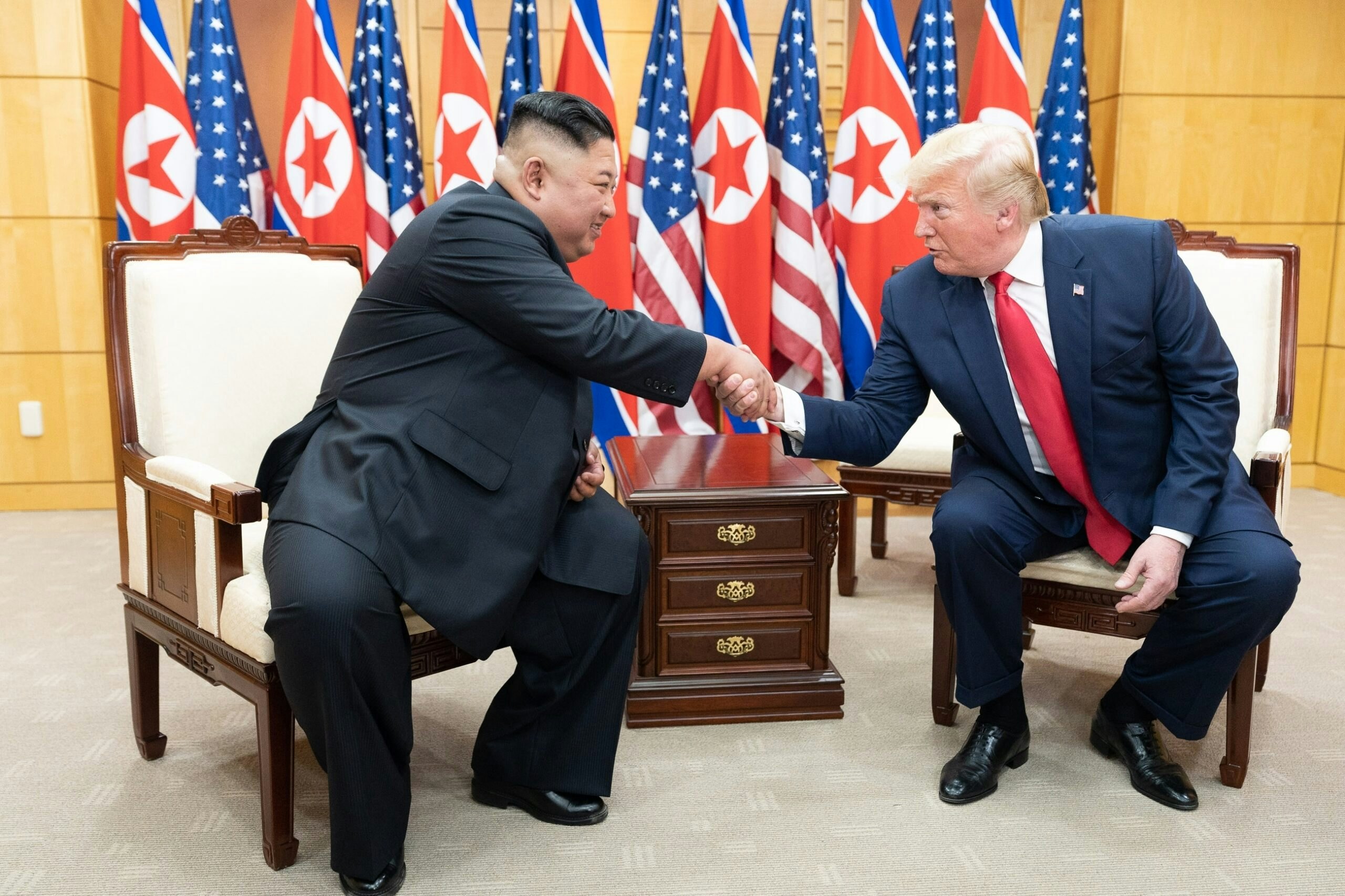The CRINK techno-axis emerges
The Shanghai Cooperation Organization (SCO) summit held in Tianjin from Aug. 31 to Sept. 1, followed by a high-profile military parade in Beijing dedicated to the 80th anniversary of the end of World War II, should serve as a warning shot to the West. The cooperation among and between the so-called CRINK (while not an SCO member, North Korean leader Kim Jong Un joined in the parade) is accelerating and poses a grave danger to the post-war global order that the United States built.
At the SCO summit, Chinese leader Xi Jinping announced something called the Global Governance Initiative (CGI), a broad cooperation concept based around “sovereign equality” and “multilateralism.” While implementation remains murky, the intent is clear: China is busy building elements of the new global order that will exclude the U.S. and its Western allies.
Why this matters
While the CRINK is still a nebulous concept, the SCO is a firmly established body with military and trade cooperation mechanisms. What is new is the increasing alignment on emerging technologies, especially in artificial intelligence (AI). In analyzing the summit and the CGI initiative, the Special Competitive Studies Project (SCSP, started by former Google CEO Eric Schmidt) said that it was “a strategic blueprint to legitimize digital sovereignty — the right of states to control domestic information ecosystems, data flows, and technological infrastructure without adherence to democratic norms.”
This push for “digital sovereignty” should be a matter of the highest priority for U.S. and Western governments. China has embarked on a concerted, government-led effort to shed dependence on critical U.S. technologies, including the AI stack and semiconductors. It has also launched a bid for global dominance in AI governance, including the recent proposal to create a new supranational body to achieve that goal.
Various U.S. efforts to restrict China’s access to these technologies of the future have so far been largely unsuccessful. These efforts have been inconsistent and subject to abrupt reversals, as with the administration’s recent decision to allow NVIDIA to sell advanced AI chips to Chinese buyers, over the strenuous objections of former U.S. officials and China experts.
China has also dramatically increased technological cooperation with the rest of CRINK. As SCSP has detailed, each of the members of this new techno-axis is cooperating with another to some extent – and this cooperation is growing. The most worrisome is the closer alignment between Beijing and Moscow and between Moscow and Pyongyang, both of which grew exponentially after Russia’s full-scale invasion of Ukraine in February 2022.
What’s next
The United States needs to dramatically step up its efforts to stop the Beijing-led authoritarian techno-challenge to democracies. The AI action plan released by the White House on July 10, 2025 is a good first step, but it needs to be followed by concrete action that involves inducing private sector cooperation and those of our close allies. Most importantly, these actions need to be rooted in our shared values of freedom and openness, which is what distinguishes the U.S.-led world order to the one being built by the dictators in Beijing, Moscow, Pyongyang, and Tehran.































